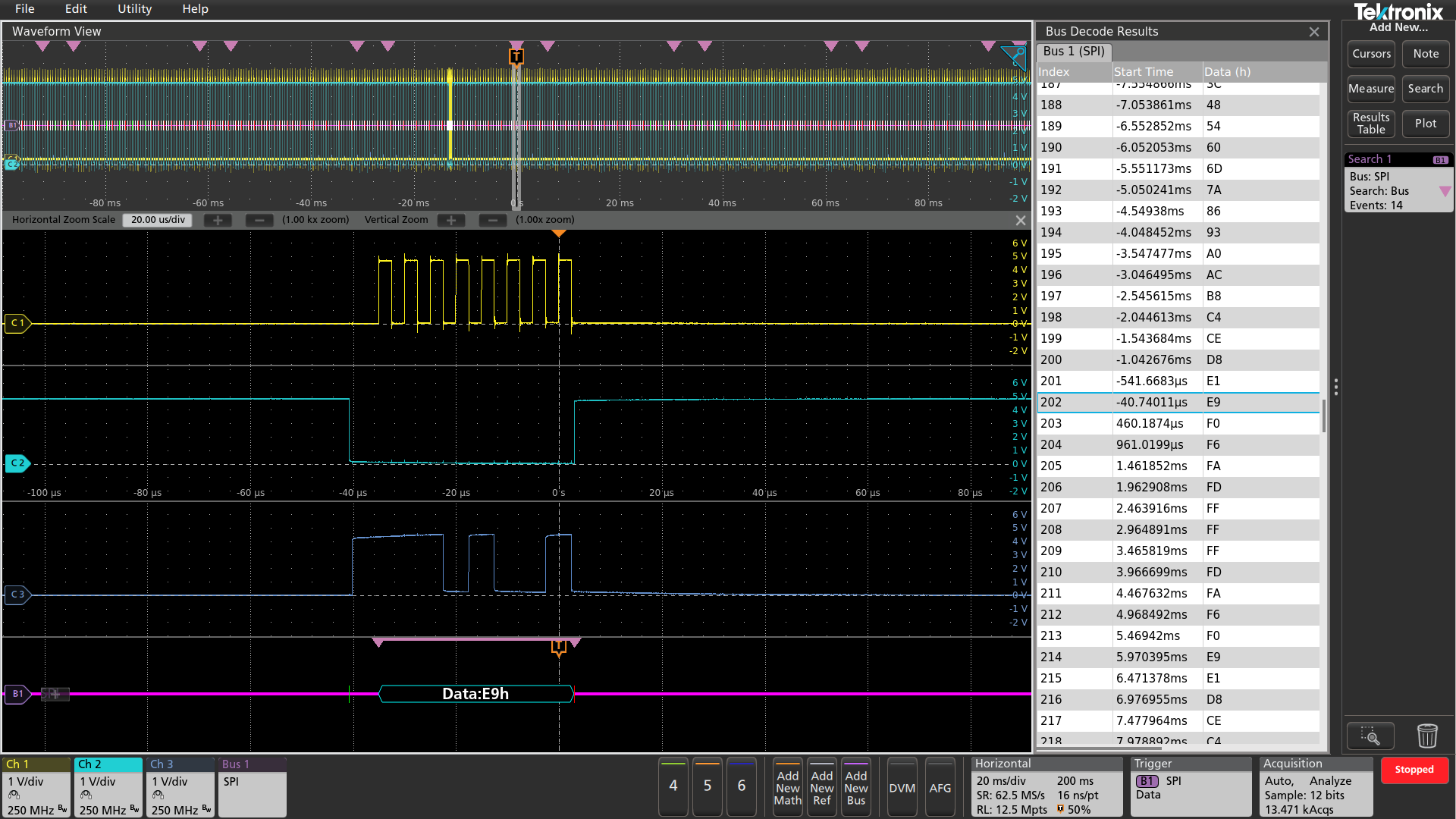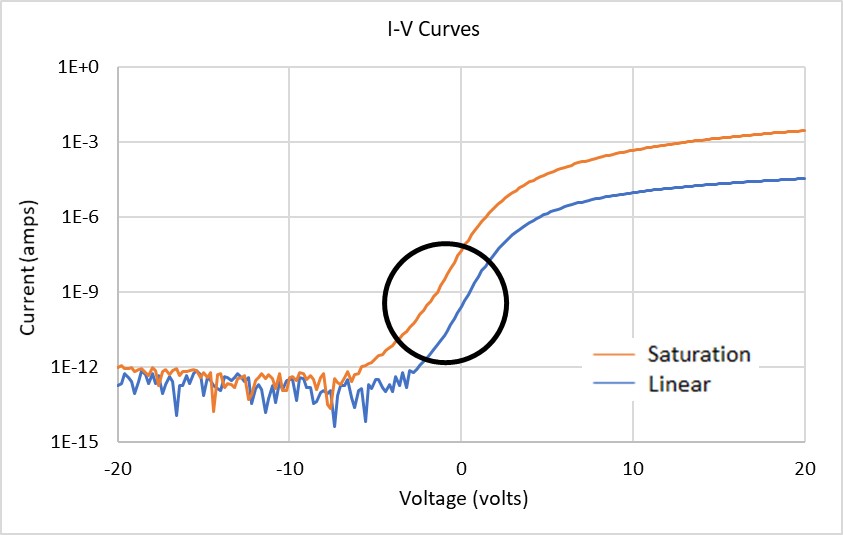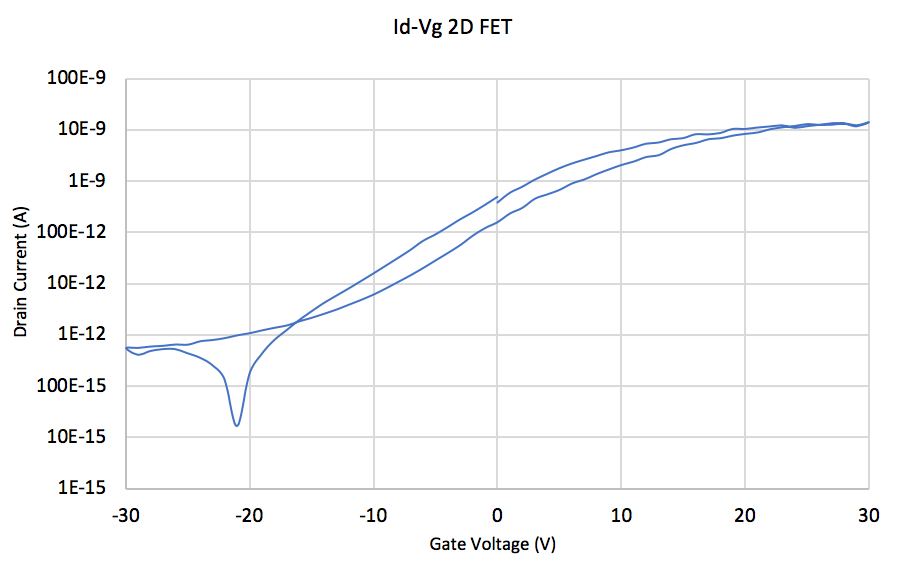

Test setups that involve the use of long cables or capacitive chucks can increase capacitance at the output of the test instrument, resulting in inaccurate or unstable measurements. This is particularly true for very sensitive low-current measurements while sourcing or sweeping a DC voltage. To address these challenges, Keithley, a Tektronix Company, has introduced two new source measure unit (SMU) modules for the Keithley 4200A-SCS Parameter Analyzer that can make stable low-current measurements, even in applications with high test connection capacitance.
This is a growing measurement challenge as current levels are reduced to save energy, as is the case for testing the large LCD panels that ultimately end up in smartphones or tablet computers. Other applications where high capacitance test connections can be problematic include nano-FET I-V measurements on a chuck, transfer characteristics of a MOSFET using long cables, FET testing through a switch matrix, and capacitor leakage measurements.
Support for 1000x more capacitance
The new Keithley 4201-SMU Medium Power SMU and 4211-SMU High Power SMU (with the optional 4200-PA Preamp) have increased maximum load capacitance specifications, as compared to other sensitive SMUs. At the lowest supported current range, the 4201-SMU and 4211-SMU can source into and measure a system that is 1,000 times more capacitive than what’s possible today. For example, if the current level is between 1 to 100 pA, the new Keithley modules can handle as much as 1 µF (microfarad) of load. In contrast, the maximum load capacitance competitive units can tolerate at this current level before measurement accuracy degrades is just 1,000 pF.
The new modules are a valuable addition for customers facing these problems, saving time that would otherwise be spent troubleshooting, as well as money that would be spent reconfiguring test setups to remove excess capacitances. When test engineers or researchers notice errors in their measurements, they must first discover the source. This itself may take many hours of work, and they usually must explore many possible causes before they can narrow it down. Once they discover that the system capacitance is the cause, they must adjust test parameters, cable lengths, or even rearrange their test setup. This is far from ideal.
So how do the new SMU modules work in practice? Let’s take a look at couple of key applications in flat panel manufacturing and nano-FET research.
Example: OLED pixel driver circuit on a flat panel display
OLED pixel driver circuits are printed next to the OLED devices on a flat panel display. Their DC characteristics are usually measured by connecting the SMUs through a switch matrix and then on to an LCD probe station using 12-16m long triax cables. Because very long cables are needed for making connections, unstable low-current measurements are common. This instability is readily apparent in the saturation (orange curve) and linear (blue curve) for both I-V curves on an OLED driver circuit when measured using a traditional SMU connected to the DUT as shown below.

However, when these I-V measurements were repeated using the 4211-SMU on the drain terminal of the DUT, the I-V curves were stable as shown below. Problem solved.

Example: Nano-FET with common gate and chuck capacitance
Nano-FETs and 2D FETs testing involves the use of a device terminal contacted through a probe station chuck to an SMU. The chuck can have capacitance as high as a few nano-Farads, and in some cases it may be necessary to make contact to the gate using a conductive pad on top of the chuck. Coax cabling adds additional capacitance.
To evaluate the new SMU modules, two traditional SMUs were connected to the gate and drain of a 2DFET resulting in the noisy Id-Vg hysteresis curve below.

However, when two 4211-SMUs were connected to the gate and drain of the same device, the resulting hysteresis curve was smooth and stable as shown below, solving what could have been a major hurdle that a researcher would need to figure out how to overcome.

Order pre-configured or field upgrade
The 4201-SMU and 4211-SMU can be ordered pre-configured with a 4200A-SCS for a full parameter analysis solution or as a field upgrade for existing units. The upgrade can be easily accomplished on site without the need to send the unit to a service center, potentially saving weeks of downtime. For more information go to: https://www.tek.com/keithley-4200a-scs-parameter-analyzer


